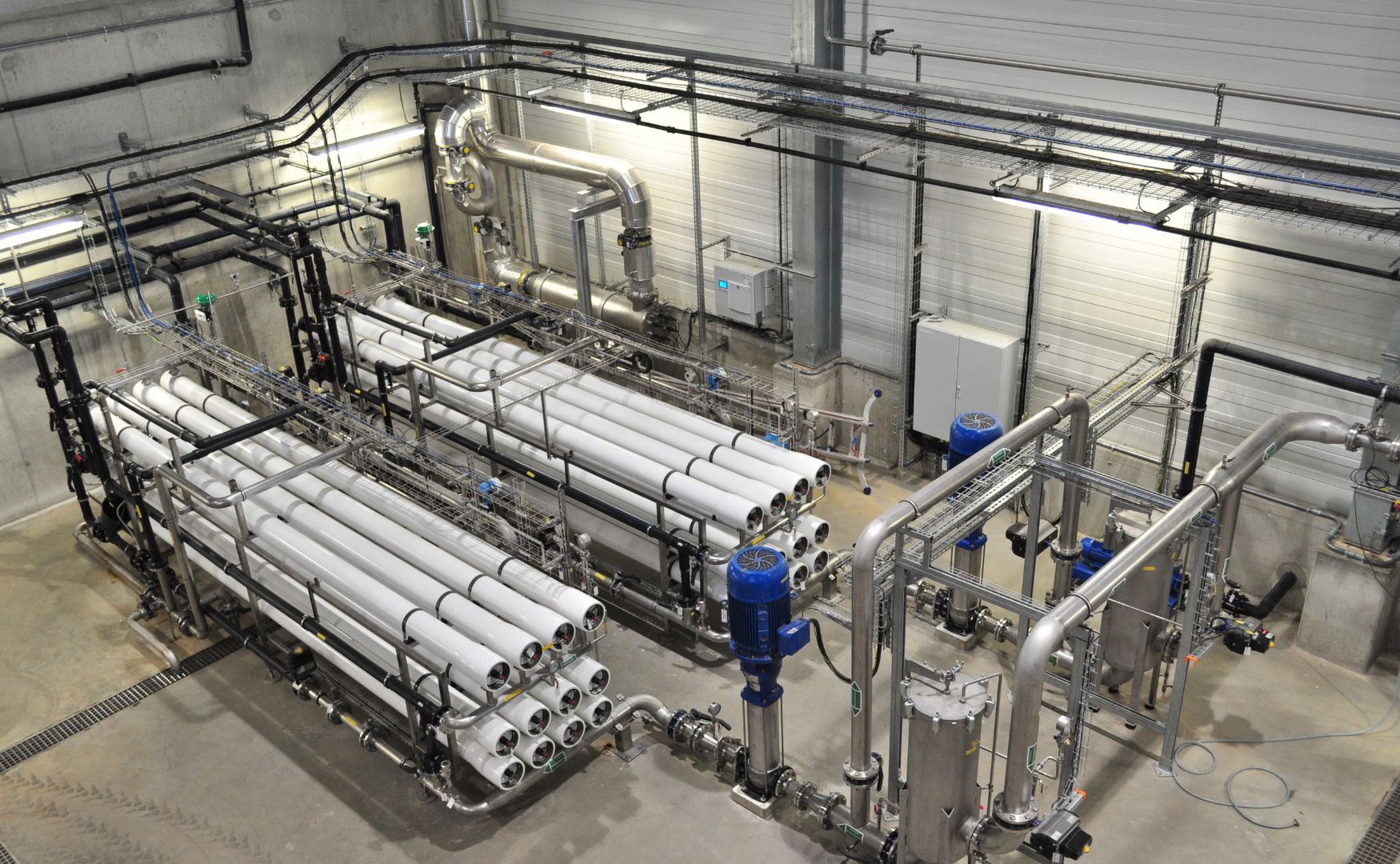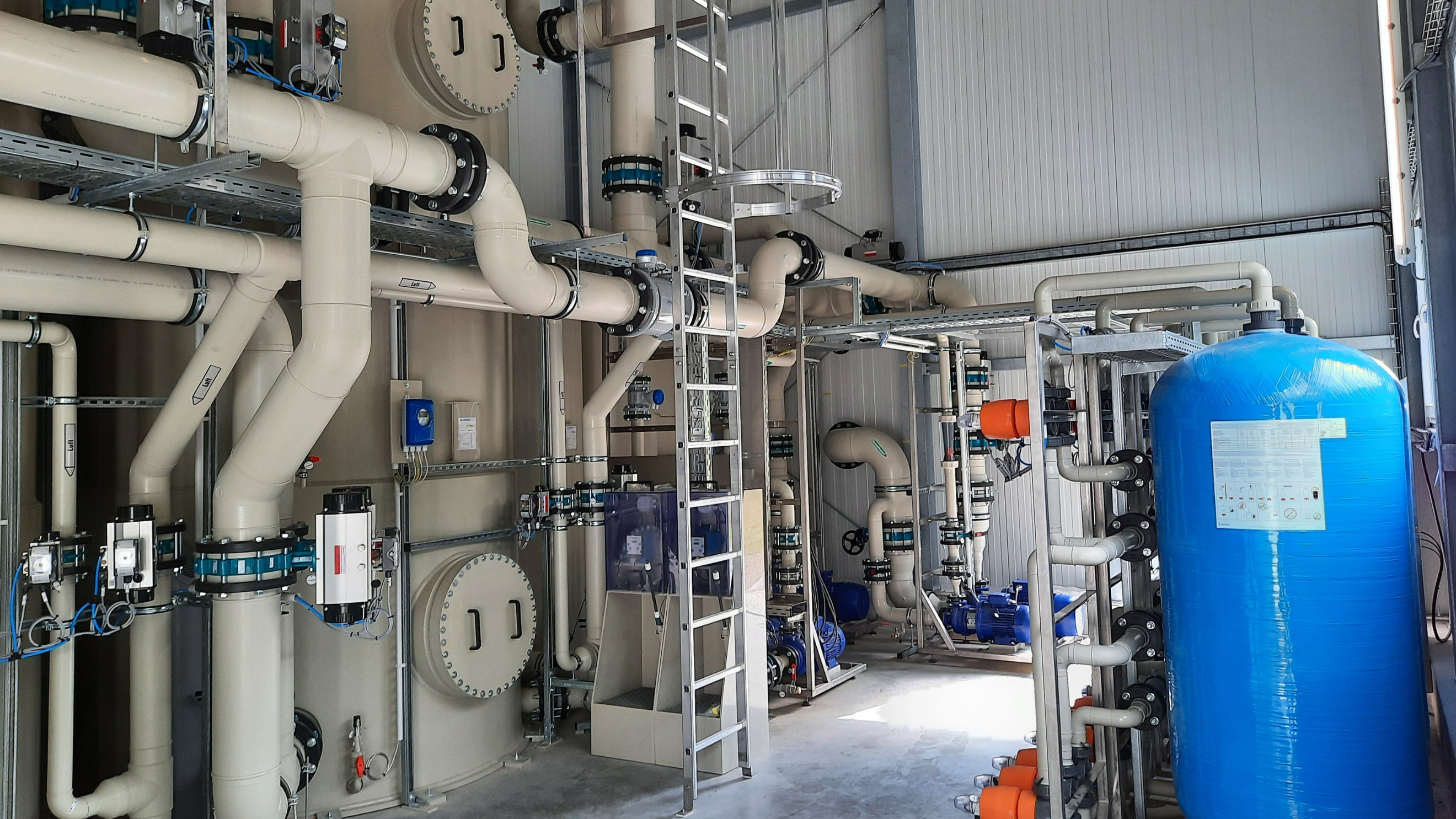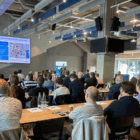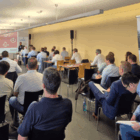The Water Framework Directive (WFD), officially introduced as Directive 2000/60/EC of the European Union, represents a milestone in European water protection. It aims to comprehensively protect the EU's water resources, to make their use sustainable and to minimize pollution. As a result of the WFD, industry in particular is faced with the task of systematically optimizing its water use, wastewater treatment and resource conservation.
For industrial water and wastewater treatment companies, the WFD offers both technical challenges and opportunities to improve efficiency and environmental compatibility. It provides a framework for sustainable water use that is characterized by clear objectives, strict discharge limits and a holistic approach.
Table of contents
Basics of the Water Framework Directive
The WFD pursues an integrated approach based on several principles:
1. holistic approach: management by catchment area
The WFD treats water resources according to natural rather than administrative boundaries. River basins and their catchment areas form the basis for the planning and implementation of measures. This requires cross-border cooperation between countries and regions.
Objective 2: Good status of all water bodies
The directive defines two main objectives for water bodies:
- Good ecological status: Ensuring intact habitats and natural functions of water bodies.
- Good chemical status: Compliance with pollutant limits for surface waters, groundwater and coastal waters.
3. polluter pays principle
Companies that use or pollute water bear the costs of the measures required to meet environmental targets.
4. sustainable use
Water resources should be used sparingly and efficiently to ensure their long-term availability.
Importance of the WFD for industry
The WFD has a direct impact on industrial companies as it sets clear requirements for water use, wastewater treatment and discharge into water bodies. Companies must adapt their processes to the requirements of the WFD in order to comply with environmental regulations and achieve long-term economic benefits.
Wastewater treatment requirements
Companies are obliged to treat their wastewater in such a way that they comply with the discharge limits in accordance with the WFD. Important parameters include:
- Organic load: Chemical oxygen demand (COD) and biochemical oxygen demand (BOD).
- Heavy metals: e.g. nickel, zinc, chromium and copper.
- Nutrients: Phosphates and nitrogen compounds to prevent eutrophication.
Compliance with these values requires the use of modern technologies, such as chemical-physical CP systems, biological treatment systems or membrane processes.

Photo: Our ALMA OSMO reverse osmosis system for in-house water recycling
Water use and recycling
Industrial companies that draw water from natural sources are obliged to minimize these withdrawals and optimize water cycles:
- Efficient use: Conversion to closed circuits, e.g. in cooling water systems. Alternatively, the blowdown water can be treated using ultrafiltration and reverse osmosis and reused.
- Recycling and reuse: Integration of water treatment plants to reuse process water and reduce fresh water requirements.
One example is reverse osmosiswhich provides high-purity water for industrial applications and reduces wastewater flows.
Monitoring and documentation
The WFD obliges companies to regularly monitor and document their water flows. This includes
- Online measuring systems for continuous monitoring of pH value, temperature, COD and other parameters.
- Sampling and analysis to check compliance with pollutant limits.
This data is not only used to comply with legal requirements, but also to optimize operational processes.
Technical implementation of the WFD in water and wastewater technology
Waste water treatment
Industrial companies use a variety of technologies to meet the requirements of the WFD:
- Chemical-physical processesRemoval of heavy metals, phosphates and organic substances by precipitation, flocculation and flotation.
- Biological processesUse of activated sludge processes, biofiltration plants or anaerobic biogas plants (energy from wastewater) to reduce organic loads.
- Membrane processUltrafiltration and reverse osmosis for the production of pure water and the separation of pollutants.
Water management and circulation systems
Optimizing water use requires the use of modern management systems:
- Cooling water systems: Closed circuits reduce fresh water consumption and evaporation losses. Alternatively, the blow-down water can be treated using ultrafiltration and reverse osmosis and reused.
- Recycling plants: Treatment of process water for reuse, e.g. by ion exchange, reverse osmosis or activated carbon adsorption.
Challenges during implementation
High investment requirements
The construction of modern water treatment plants requires considerable investment, but this can lead to cost savings in the long term.
Technological complexity
The variety of water flows and the strict discharge limits require customized solutions that require close coordination between planning, operation and monitoring.
Regulatory changes
The WFD is regularly revised, forcing companies to continuously adapt their systems.

Photo: Our ALMA BioFilCompact biofiltration system offers efficient pre-treatment for reverse osmosis systems and is specially designed for use in industrial water recycling
Best practices and examples
Chemical industry
A chemical company was able to reduce its fresh water consumption by 25 % by using a combination of a CP system, ultrafiltration and reverse osmosis. At the same time, compliance with all discharge limits was ensured.
Food industry
In a dairy company, wastewater from production was treated biologically using biofiltration and reverse osmosis and then reused as process water. This led to a 35% reduction in fresh water consumption.
Conclusion
The Water Framework Directive (WFD) is a comprehensive and demanding set of regulations that obliges companies to use water resources sustainably. It not only requires industry to comply with strict discharge limits, but also promotes innovation in water and wastewater technology.
The WFD offers companies the opportunity not only to meet legal requirements through water efficiency measures, recycling technologies and the establishment of modern monitoring and treatment systems, but also to reduce costs and minimize their ecological footprint in the long term.
For further information on our products, please feel free to contact us at any time!







